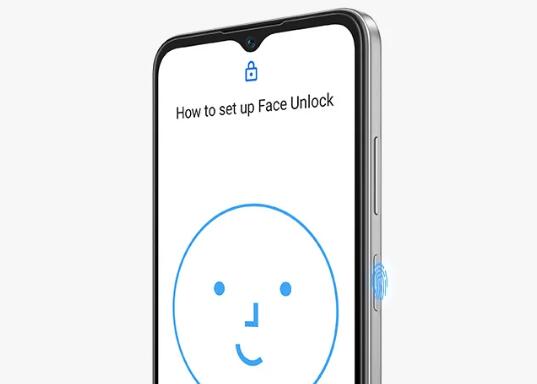What is biometric unlock technology?
Full guide of biometric unlock technology.
Welcome to Blackview blog.

With development of smart devices, the biometric unlock technology appears in more and more smart devices like smartphones, tablets, Android smart watches and more. Biometric unlock refers to the use of unique physical characteristics of an individual, such as their fingerprints or facial features, to authenticate their identity and provide access to a device or system. The most popular biometric unlock technology used in the smart devices include fingerprint unlock and face unlock, in this post, we'll take you to learn about the biometric unlock technology.
What is fingerprint unlock technology?
Nowadays, we can see people use the fingerprint phone and tablet here and there, most of Blackview rugged smartphone and tablet and more are using this technology, but do you learn about this technology and does it safe? Fingerprint unlock technology refers to the use of biometric authentication to unlock devices or access secure information. This technology uses a person's unique fingerprint patterns as a means of identification, providing a high level of security and convenience.

The fingerprint scanner captures an image of the user's fingerprint and compares it to a previously stored template. If the two match, access is granted. This technology has become increasingly popular in recent years due to its accuracy and ease of use.
What is face recognition technology?
Face recognition tablet and smartphone offering us another fast verify experience. Face unlock is another type of biometric authentication that uses facial recognition technology to verify an individual's identity. This method involves capturing an image of the user's face using a camera and analyzing it against a pre-registered template. Face unlock is also commonly used on smartphones and other devices.

History
Face recognition technology has a long and fascinating history. The earliest attempts at facial recognition date back to the 1960s, when researchers began experimenting with computer vision and pattern recognition techniques. Since then, the technology has evolved significantly, with advances in machine learning and artificial intelligence leading to more accurate and sophisticated systems.
One of the earliest attempts at facial recognition was the "Eigenface" algorithm developed by Sirovich and Kirby in 1987. This algorithm used principal component analysis (PCA) to identify patterns in facial images, allowing for the creation of a database of "eigenfaces" that could be compared against new images to identify individuals.
Another significant milestone in facial recognition was the development of the "Viola-Jones" algorithm in 2001. This algorithm used a technique known as "Haar features" to detect faces in images, allowing for faster and more accurate face detection than previous methods.
In recent years, deep learning techniques have revolutionized facial recognition technology. These techniques involve training neural networks on large datasets of labeled images, allowing them to learn complex patterns and features that can be used to accurately identify individuals.
Today, facial recognition technology is used in a wide range of applications, from security and law enforcement to marketing and social media. While it has the potential to provide many benefits, there are also concerns about privacy and civil liberties that must be addressed.
Here are three authoritative sources that provide more detailed information about fingerprint and face unlock technology:
1. The National Institute of Standards and Technology (NIST) provides detailed information on biometric authentication technologies, including fingerprint and face recognition. Their website includes technical reports, guidelines, and standards related to biometrics: www.nist.gov/programs-projects/biometric-authentication
2. The International Biometrics + Identity Association (IBIA) is a trade association that represents the biometric industry. Their website provides resources for policymakers, researchers, and businesses interested in biometrics: www.ibia.org
3. The Biometrics Institute is an independent organization that promotes the responsible use of biometrics. They offer research, training, and events related to biometric technologies: www.biometricsinstitute.org
Overall, fingerprint unlock technology is a secure and convenient way to authenticate users and protect sensitive information. As technology continues to advance, it is likely that we will see even more sophisticated biometric authentication methods in the future. Our advice for safely using the smart device like smartphone and tablet is, setting more verify ways like passwords and more.







